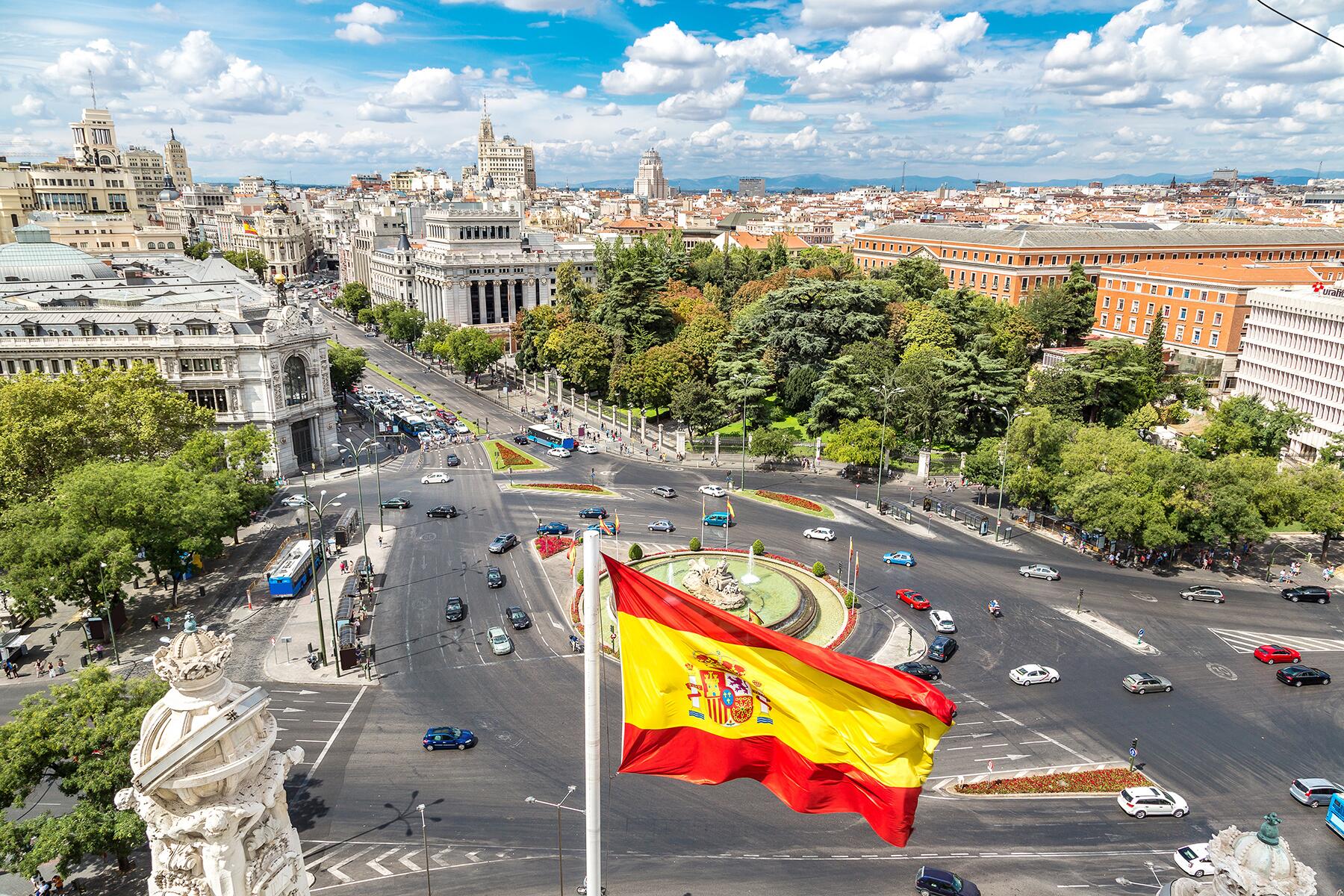A 17-day road trip through central Europe and the Adriatic region highlighted pandemic-era disparities from country to country.
If not for the vending-machine face masks and ubiquitous pump bottles of sanitizer, you might think that even northern Italy had returned to normal. In desperate need of a sunny, salty escape, my partner and I had opted to drive through the E.U. rather than fly south. Using our Dutch residence permits in lieu of American passports, we took a less social vacation than we otherwise would have taken—no guided tours or shared facilities here—and drove freely from our adopted hometown of Maastricht to western Germany and down through Austria, Italy, Slovenia, and Croatia, then back through Italy and the Swiss Alps. Almost everywhere we went, one thing was consistent: people flouted COVID-19 regulations.




